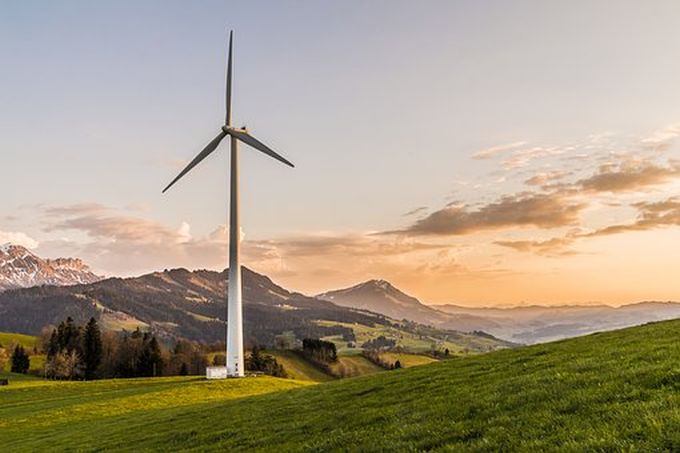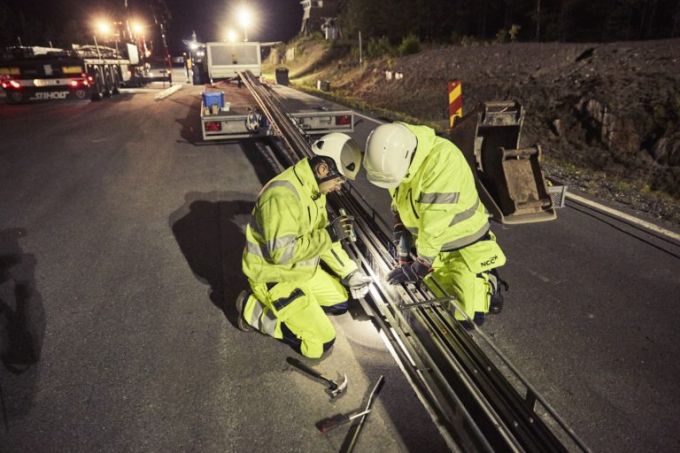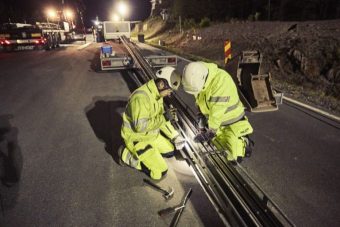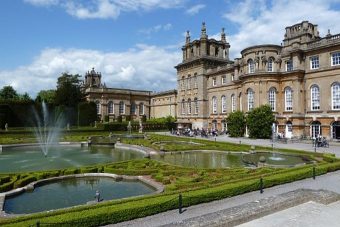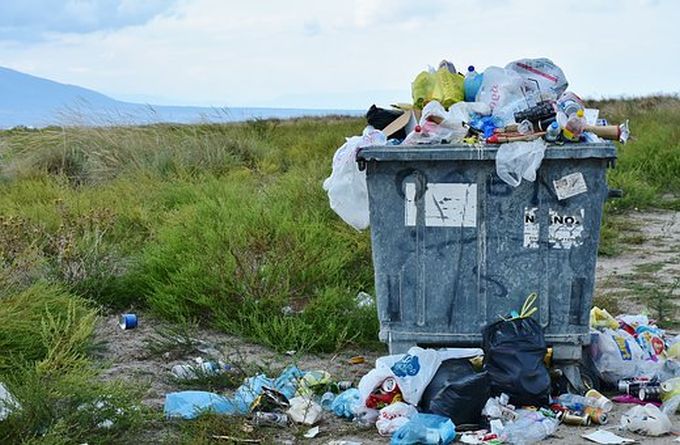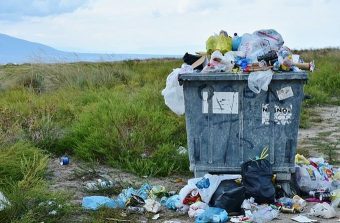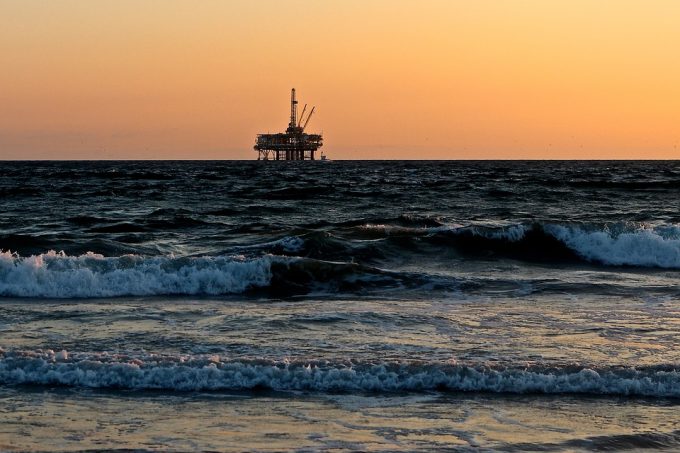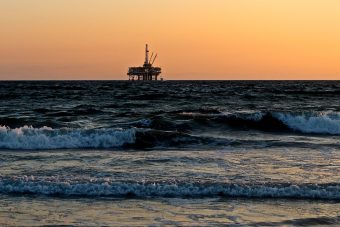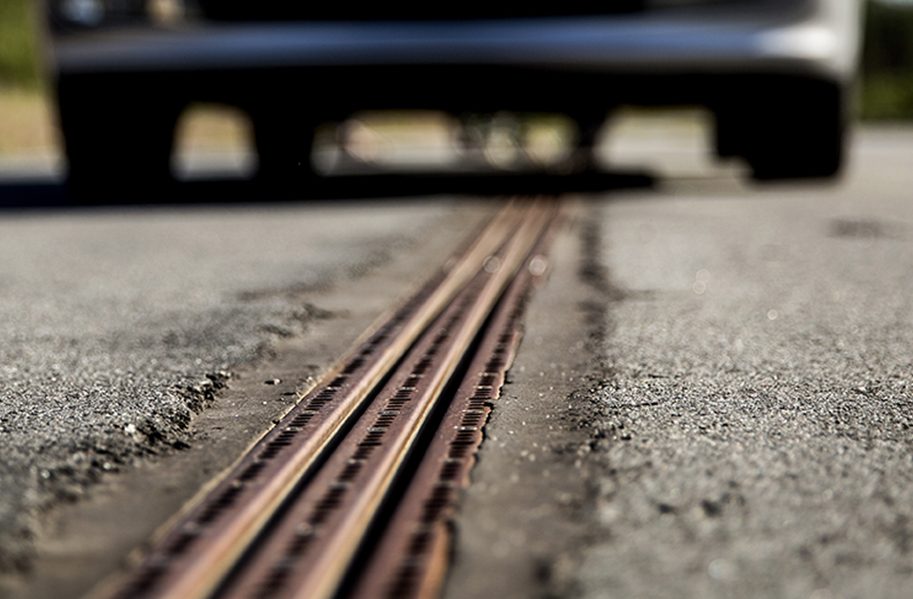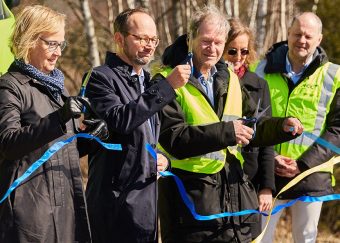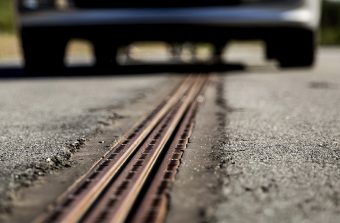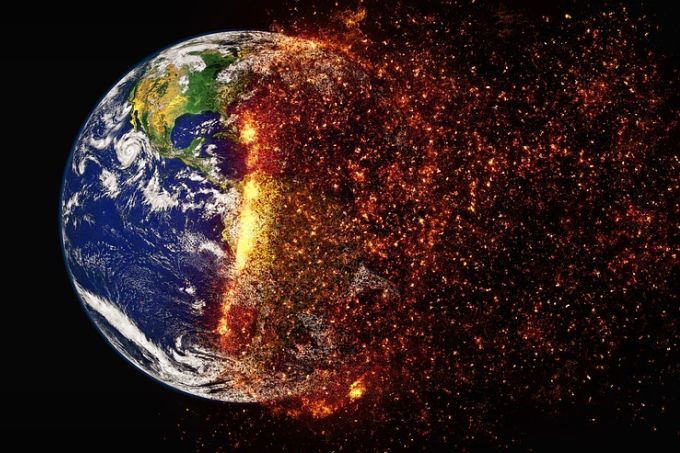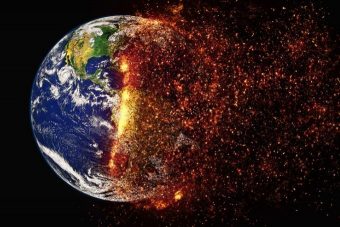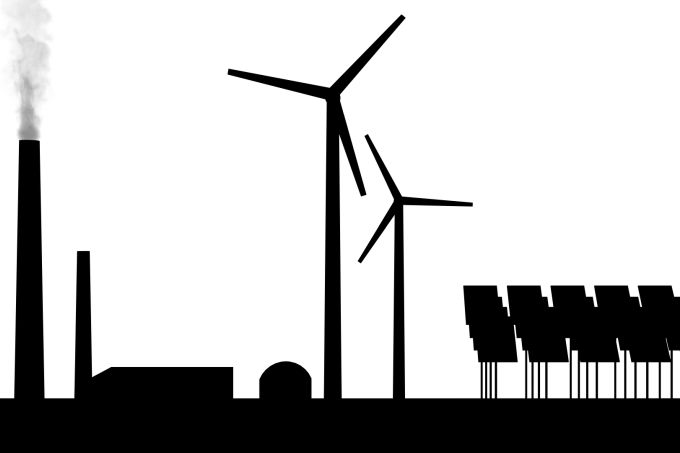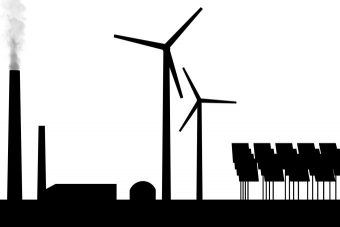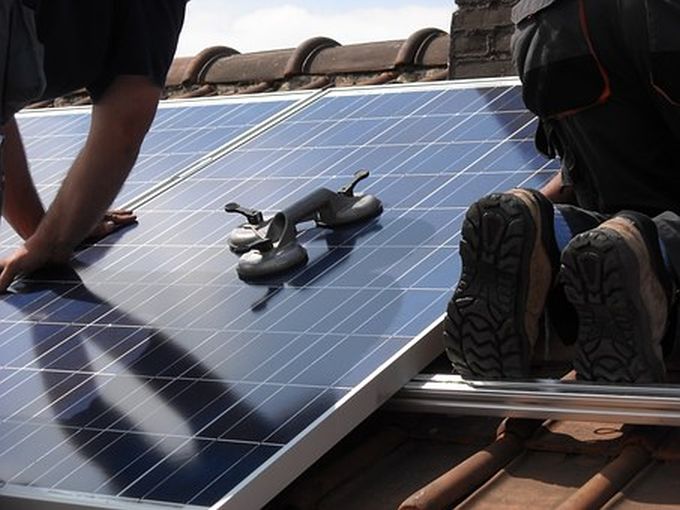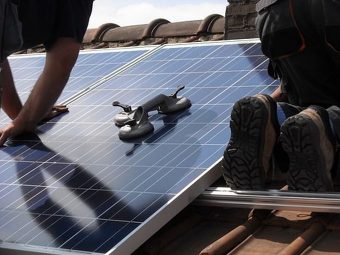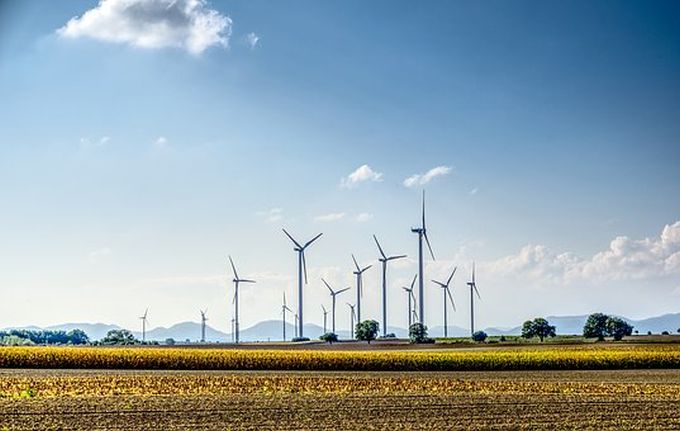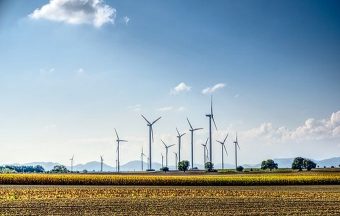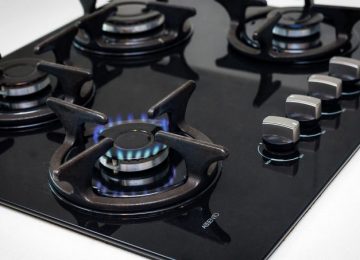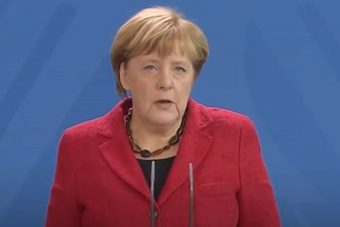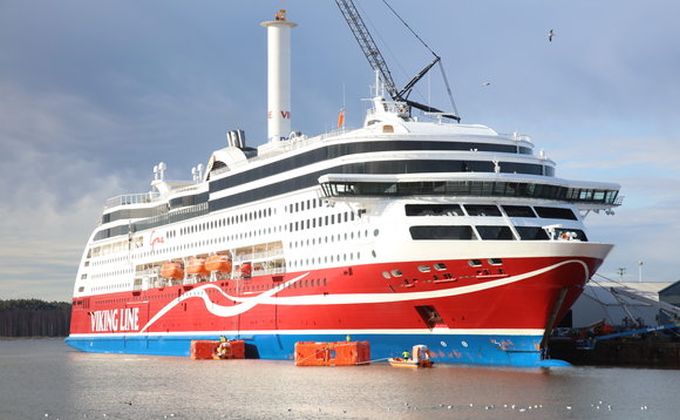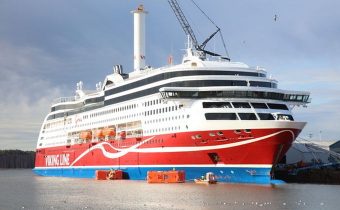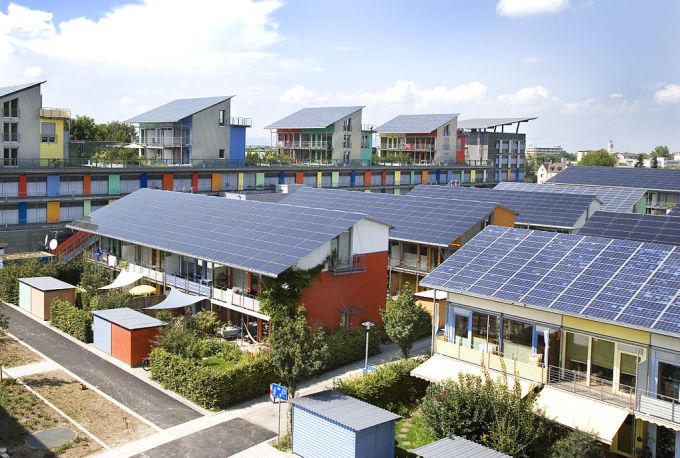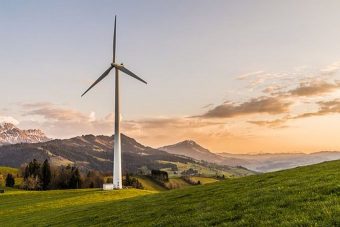
Siemens Gamesa Renewable Energy this week announced that it had passed 5,000 megawatts (MW) worth of wind energy connected to the Indian grid, becoming the second largest manufacturer in India.
Announced on Thursday to coincide with a visit to India by Markus Tacke, Siemens Gamesa Renewable Energy’s CEO, the company revealed that it had successfully connected 5,000 MW to the Indian grid since first entering the company’s wind market in 2009. Since then, Siemens Gamesa has become the second largest wind energy original equipment manufacturer (OEM) based on cumulative installed capacity, and has been the market leader for the past three years.
Specifically, Siemens Gamesa has operations across seven key states for wind energy in India, and a strong industrial presence across the country, with two blade facilities in Nellore (Andra Pradesh) and Halol (Gujarat), a nacelle factory in Mamandur (Chennai, Tamil Nadu), and a repair center in Red Hills (Chennai, Tamil Nadu).
“It is encouraging to see our incremental growth in India over the years. India is a key market for us and will continue to be one for years to come,” said Markus Tacke. “The global wind market dynamics are changing and so is the change occurring in India. Hence, it is imperative for us to respond to the market with more agility, better products and comprehensive digital intelligence which will set us to the path for strong profitable growth, and our L3AD2020 program will set us on track to global leadership.”
“With a dynamic market scenario like ours, we will be introducing new technologies and products specifically designed for the Indian wind and market conditions, thus delivering more value for our customers,” added Ramesh Kymal, Siemens Gamesa Onshore CEO for India.
Source: cleantechnica.com


